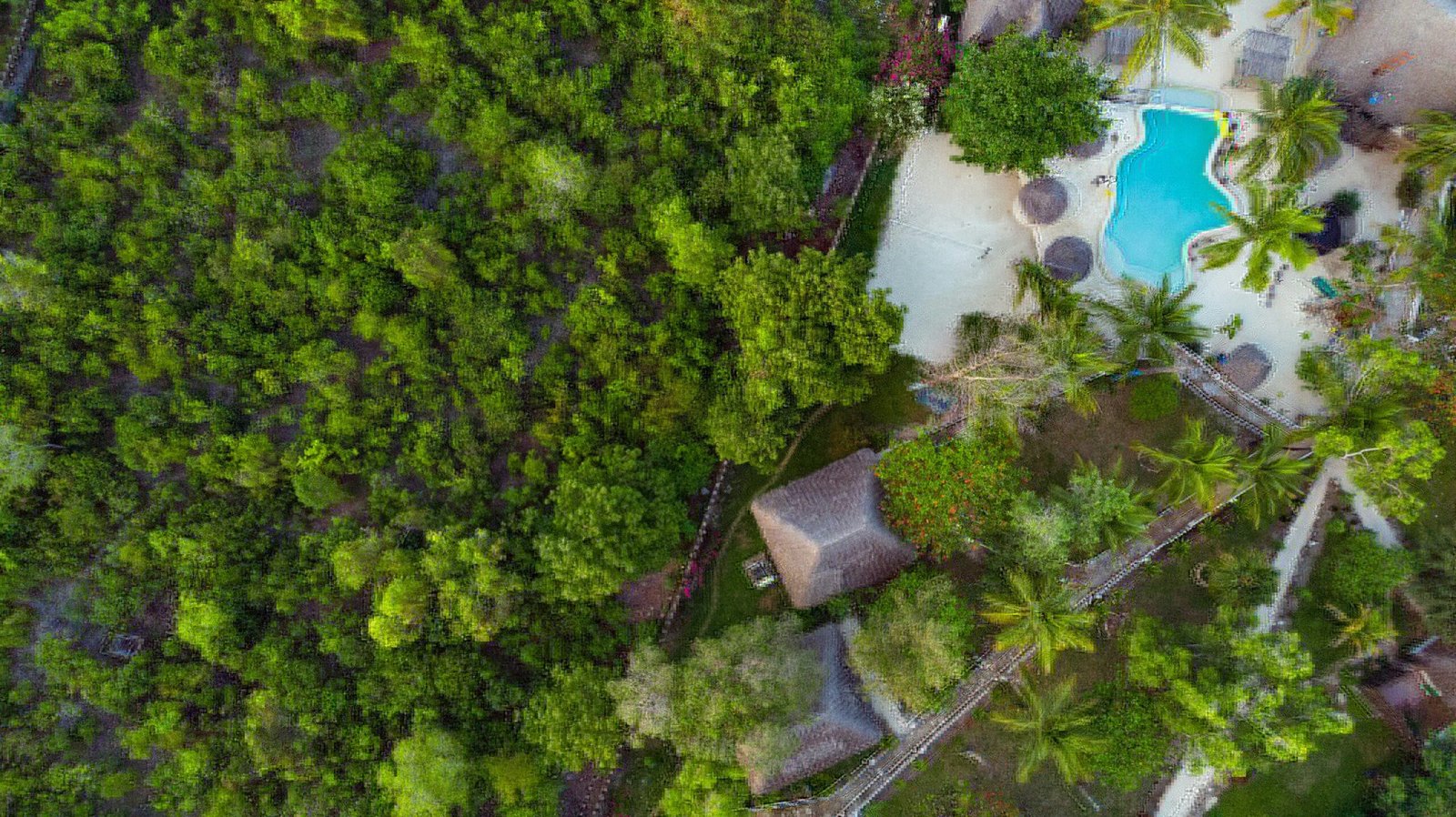Zanzibar, an idyllic archipelago off the coast of Tanzania, offers stunning beaches, vibrant marine life, and a rich cultural heritage, making it a year-round destination. However, choosing the best time to visit depends on the activities you wish to enjoy, your weather preferences, and your budget. This guide provides an in-depth exploration of the various seasons in Zanzibar to help you plan the perfect getaway.
1 . The Dry Season (June to October)
The dry season, from June to October, is widely regarded as the best time to visit Zanzibar. During these months, the weather is warm and dry, with average temperatures ranging from 25°C to 30°C (77°F to 86°F). The low humidity and consistent sunshine make it ideal for beach relaxation, water sports, and outdoor exploration. This period coincides with the high tourist season, so expect a lively atmosphere and bustling resorts, especially in popular areas like Nungwi and Kendwa.
Activities such as snorkeling, diving, and dhow cruises are particularly enjoyable during the dry season. The waters are calm and crystal-clear, providing excellent visibility for exploring Zanzibar’s coral reefs and marine life. Additionally, the cultural charm of Stone Town can be fully appreciated without the interference of rain, making it the perfect time to visit historical landmarks, spice farms, and vibrant markets.
2. The Short Dry Season (January to February
January and February mark Zanzibar’s short dry season, offering another fantastic window to experience the archipelago. The weather is similar to the main dry season, with slightly higher temperatures that hover around 30°C to 32°C (86°F to 90°F). This is an excellent time for travelers who prefer fewer crowds compared to the busy mid-year season.
During this period, marine activities thrive due to calm seas and excellent visibility, attracting diving and snorkeling enthusiasts. The east coast is particularly appealing for kite surfing, thanks to the favorable winds. It’s also a wonderful time to explore cultural sites and enjoy the local cuisine, as you can combine leisure and adventure seamlessly.
3. The Long Rains (March to May)
The long rains dominate Zanzibar from March to May, characterized by heavy and prolonged downpours. This season is considered the off-peak period, with significantly fewer tourists and heavily discounted rates on accommodations and tours. While the rain can disrupt outdoor activities, it also brings out the lush beauty of the island, creating a serene and picturesque environment.
For budget travelers, this can be an appealing time to visit Zanzibar. Many luxury resorts offer significant discounts, allowing you to enjoy high-end amenities at a fraction of the usual cost. While beach days may be limited, indoor activities such as visiting museums, spice tours, and cultural experiences in Stone Town can make your trip fulfilling.
4. The Short Rains (November to December)
The short rains occur from November to December and are less intense than the long rains. Showers are typically brief and occur in the early morning or late afternoon, leaving plenty of sunshine throughout the day. This period offers a balance between fewer crowds and moderate rates, making it an attractive time for travelers seeking a quieter experience.
Marine life is particularly vibrant during these months, and the waters remain clear, making it another excellent time for snorkeling and diving. With fewer tourists, you can enjoy Zanzibar’s pristine beaches and cultural attractions at your own pace. The island also sees festive preparations in December, providing a unique opportunity to experience local celebrations.
Best Time for Specific Activities
Snorkeling and Diving: The best conditions for exploring Zanzibar’s underwater wonders are between November and March when the seas are calm and visibility is at its peak.
Kite Surfing: The windier months of June to September and December to February are ideal for kite surfing on the east coast, particularly in spots like Paje and Jambiani.
Cultural Exploration: Dry seasons are the most comfortable for exploring Stone Town, spice farms, and other cultural landmarks.
Relaxation and Luxury: For a tranquil beach holiday, visit during the shoulder months of November or early December when rates are lower and the atmosphere is serene.
The Unique Appeal of Zanzibar’s Seasons
Each season in Zanzibar has its charm, catering to diverse traveler preferences. The dry season offers endless sunshine for beachgoers and adventure seekers, while the rainy seasons bring a quieter and more introspective experience, with lush green landscapes and a slower pace of life. Whether you’re visiting for relaxation, marine activities, or cultural exploration, Zanzibar’s natural beauty and warm hospitality ensure a memorable trip.













